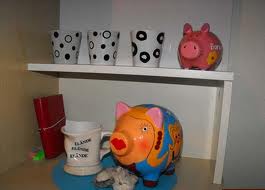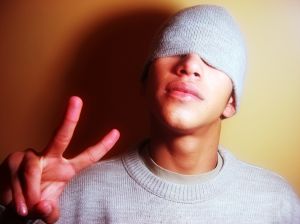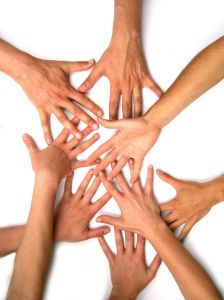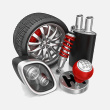In a recent post, I discussed how to dispose of special items of personal property by giving them to a particular named person – these are called “specific bequests.”  The specific bequests are usually the items that are most important or significant to the person making a Will – such as a stamp collection or jewelry that has been passed down through the generations to the oldest daughter, youngest son, etc. However, because most of us own many more items than the few we give away as specific bequests, this post will discuss how to dispose of the rest of the many items that you have acquired over the years.
The specific bequests are usually the items that are most important or significant to the person making a Will – such as a stamp collection or jewelry that has been passed down through the generations to the oldest daughter, youngest son, etc. However, because most of us own many more items than the few we give away as specific bequests, this post will discuss how to dispose of the rest of the many items that you have acquired over the years.
In my standard Will, I define “Tangible personal property” to include all clothing, personal effects, jewelry, motor vehicles, household furniture and furnishings, household appliances, silverware, glassware, china, rugs, books, pictures and other works of art, stamp and coin collections, family memorabilia, and all other similar assets for personal or household use, which are owned at death, as well as the interest in casualty insurance policies insuring those assets against loss or liability. I specifically state that the term does not include any cash or securities (including common, preferred, and other classes of capital stock; warrants, options, or puts and calls; bonds, debentures, notes and other fixed income-bearing obligations, regardless of conversion privileges; and units of participation in common trust funds, investment trust stocks, and mutual fund shares) that are owned at death.
Most typical parents leave the personal property to the spouse and then to the children, to be divided among them as the children agree within a certain number of days (60-90 days is common) and if they can’t agree on who gets a few of the items, those articles in  dispute are sold, and the proceeds added to the residuary estate. The distribution of personal property among a group of people can be difficult, because to some, photographs are priceless or worthless – and the same can be said of china, a piano, antiques, etc. As they say, beauty is in the eye of the beholder. While sometimes my clients say they want the items divided “equally” among the beneficiaries, this is of course impossible – you can’t chop up the desk into 3 equal parts to divide it equally among your three children.
dispute are sold, and the proceeds added to the residuary estate. The distribution of personal property among a group of people can be difficult, because to some, photographs are priceless or worthless – and the same can be said of china, a piano, antiques, etc. As they say, beauty is in the eye of the beholder. While sometimes my clients say they want the items divided “equally” among the beneficiaries, this is of course impossible – you can’t chop up the desk into 3 equal parts to divide it equally among your three children.
 Pennsylvania Estate Planning & Administration Blog
Pennsylvania Estate Planning & Administration Blog





















